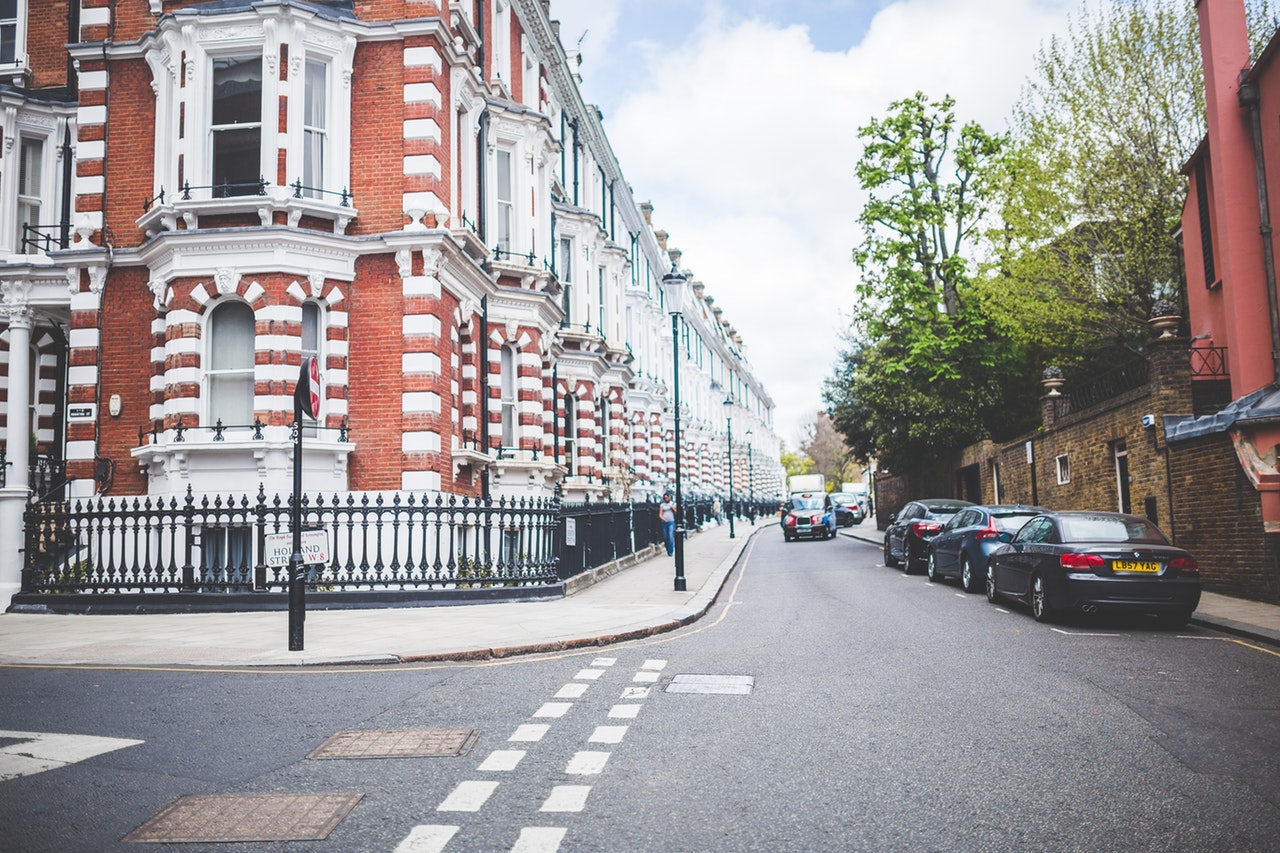
The housing crisis in London does not appear to be ending anytime soon. While it may be a world leader when it comes to culture and business, the city is failing – and has been failing for years – to provide adequate and affordable housing to all of its citizens. During the height of the boom period, the cost of London property grew at an exponential rate, far outgrowing the rest of the UK. With this boom now over and problems arising from Brexit and political uncertainty, what is the future of the housing crisis in the capital?
Shortage of housing
Despite the influx of businesses leaving London – a response to the Brexit vote known as ‘Brexodus’ – there are still more people than ever living in London. According to data published by the Official for National Statistics (ONS), London’s population surged to 8.8 million in 2017.The population in the capital has been growing by 1.1% on average annually since 2012. This equates to 96,000 additional people each year.
However, according to the Greater London Authority’s Housing in London: 2017 report, just 20,030 new homes have been built in the capital each year on average over the last decade. As the number of available housing is not rising to match the number of citizens, it can be expected that the housing crisis will continue in London.
High prices
For many, the problem isn’t a lack of housing, but the affordability of housing. Of the new properties currently built in the capital, the government classifies just 38% of them as affordable. According to experts, including the housing department of the government, solving the London housing crisis will require 65% of all new builds to be affordable.
According to consultancy firm ECA International, London is the most expensive city in Europe for renting accommodation. The company estimates that the average cost of renting an unfurnished, three-bedroom apartment in inner city London is £5,400 a month. This is compared to an average of £1,700 across Europe. This is more than triple that UK average of £1,400.
Combined with the low number of available properties in the centre, demand is far higher than supply, further driving up prices. This high price is pushing average buyer out of the capital.
Upwards, not outwards
A potential solution that has been proposed for this problem is building upwards instead of outwards. As space in London is both in high demand and rare, property prices could be kept lower by building on land already there.
In principle, adding an extra storey to an existing building makes sense. Rather than building homes on the outskirts of cities where infrastructure such as transport links and social facilities could be underdeveloped, adding more storeys to existing properties in and around an inner-city landscape will cater to the high demand for real estate in such areas.
Indeed, the idea is being backed by the British government. Giving its backing to the proposal, the government is aiming to make it easier for Londoners to grow upward. Housing Secretary Sajid Javid has come out in support of the plan, which could “ease pressure on valuable open spaces and help growing families”. ‘Upward extension’ could offer a solution to Londoners wanting to free up more space without paying extortionate prices.
However, any upward extension would still need to be in keeping with the roofline of other buildings in the area. The future of this plan would depend on a consensus and mass action among Londoners. For this option to be fully realised, more planning rules and regulations will need to be developed.
Although still early days, this move could be the answer to the high-price and short supply of properties in London’s centre and prime locations.
About Samir Salya
Samir Salya is the Chairman of Reign Holdings and is involved in UK and UAE real estate and construction. Samir holds over 20 years’ experience in executive management, business expansion, performance improvement, sales and marketing.

